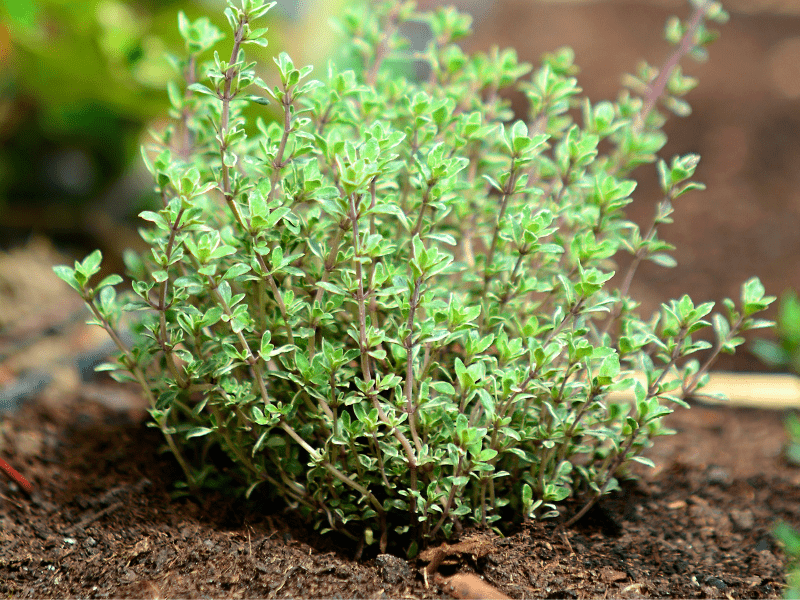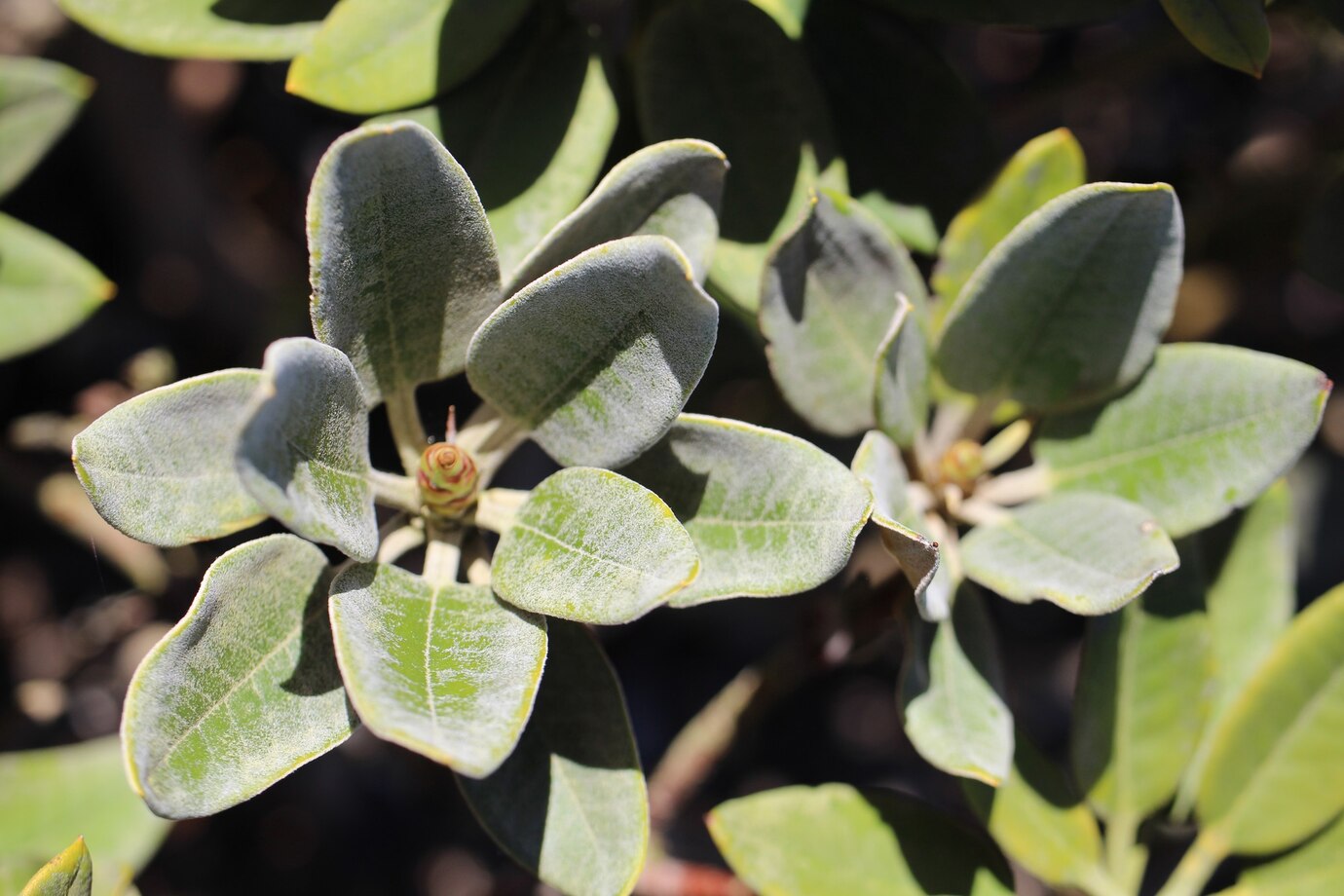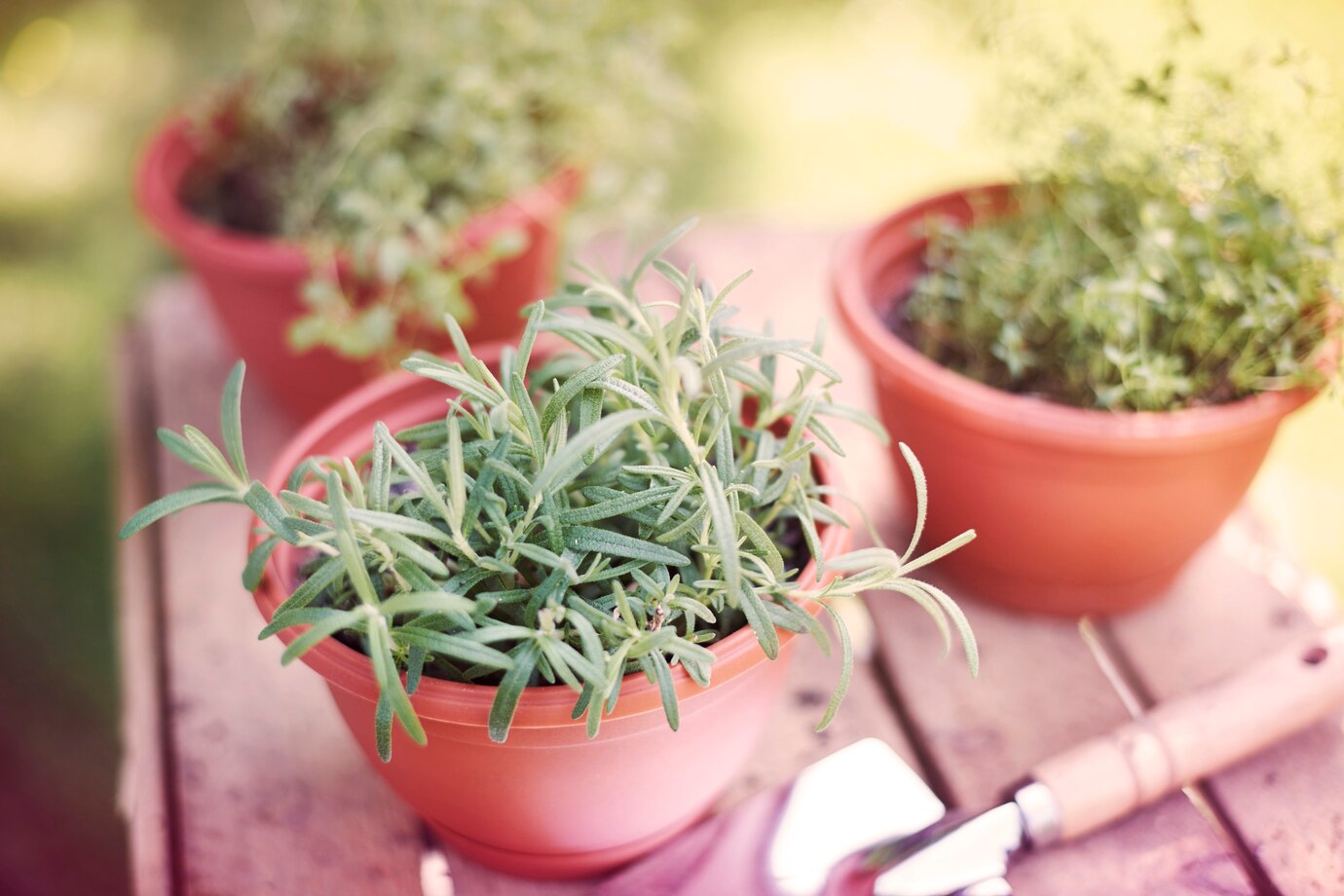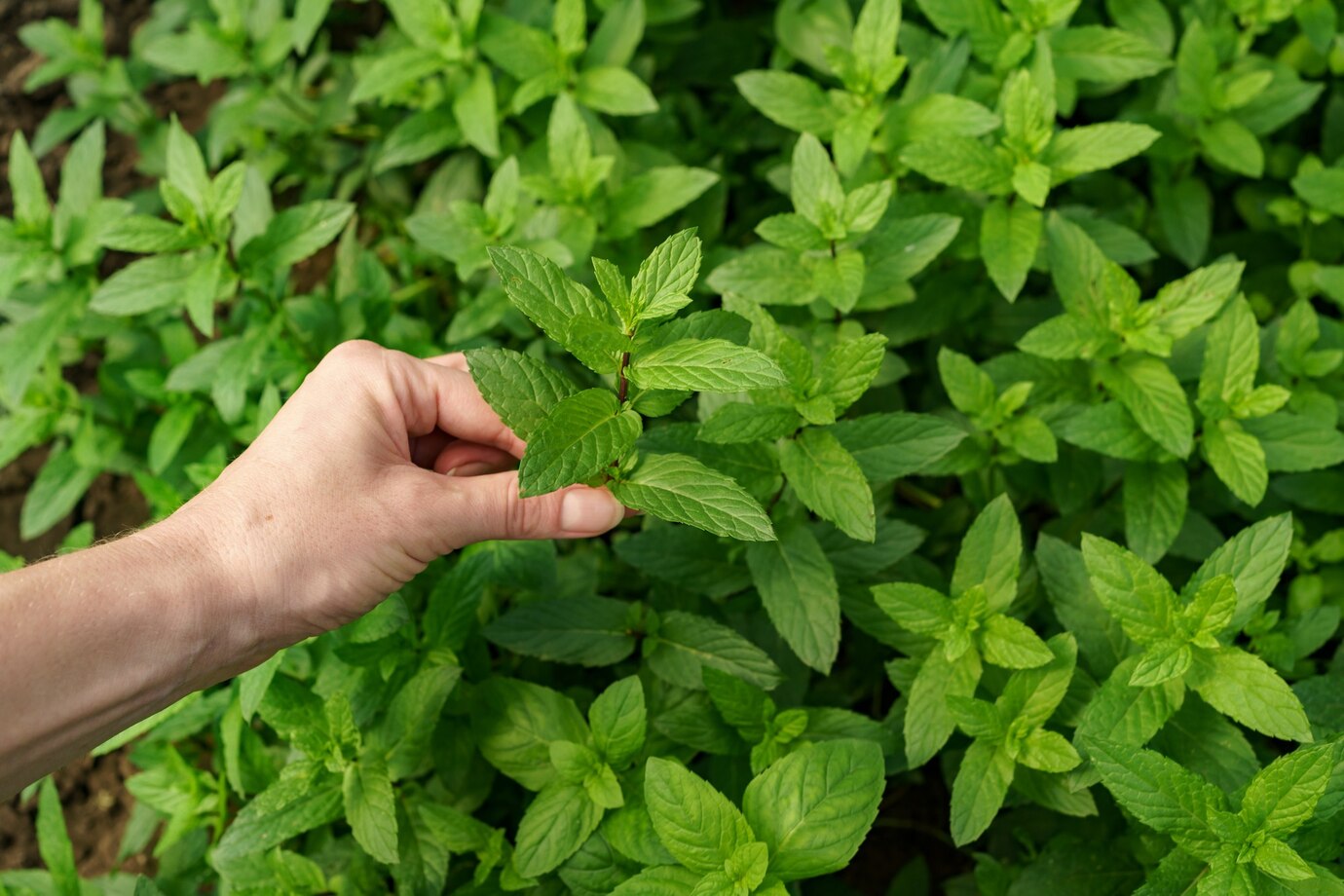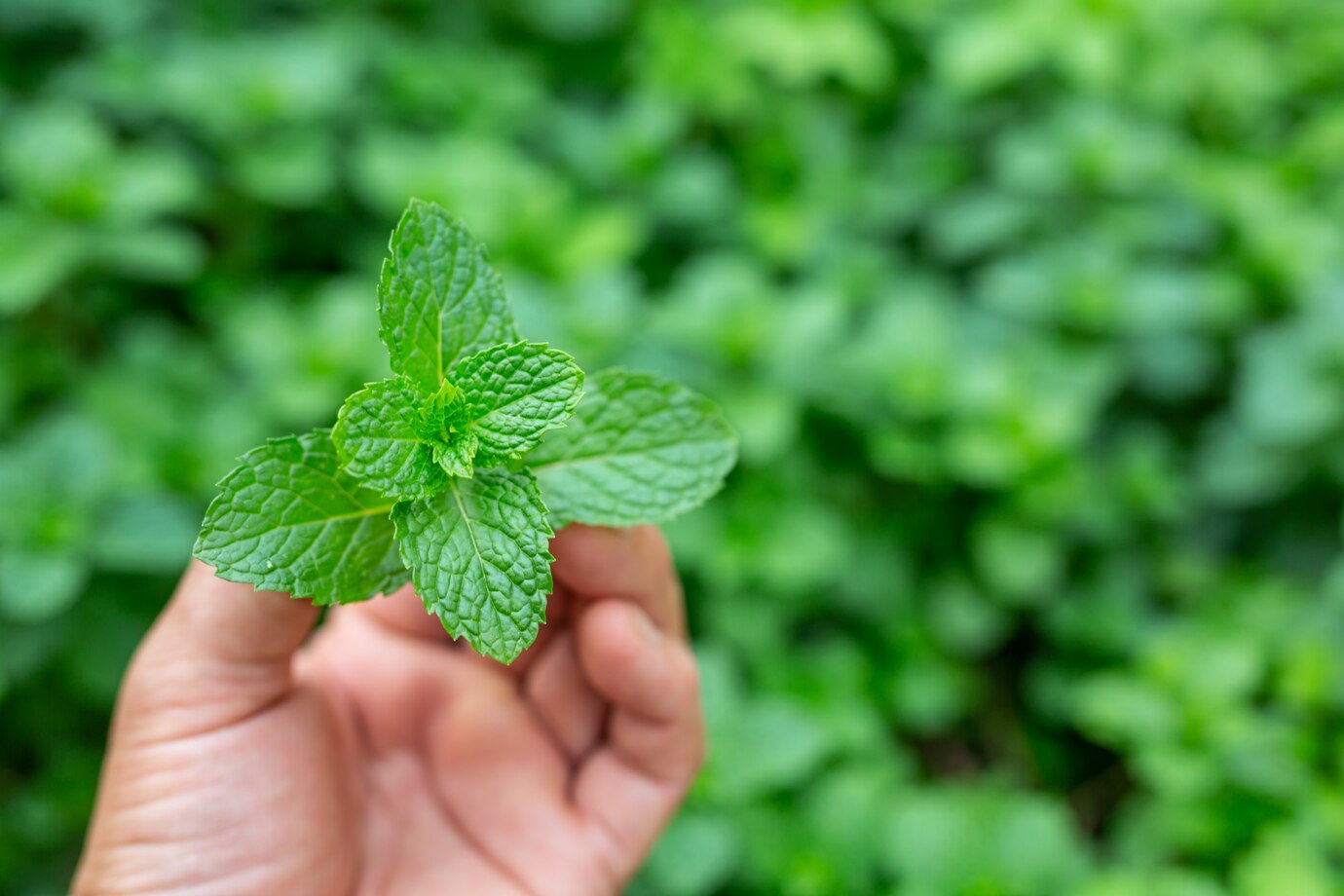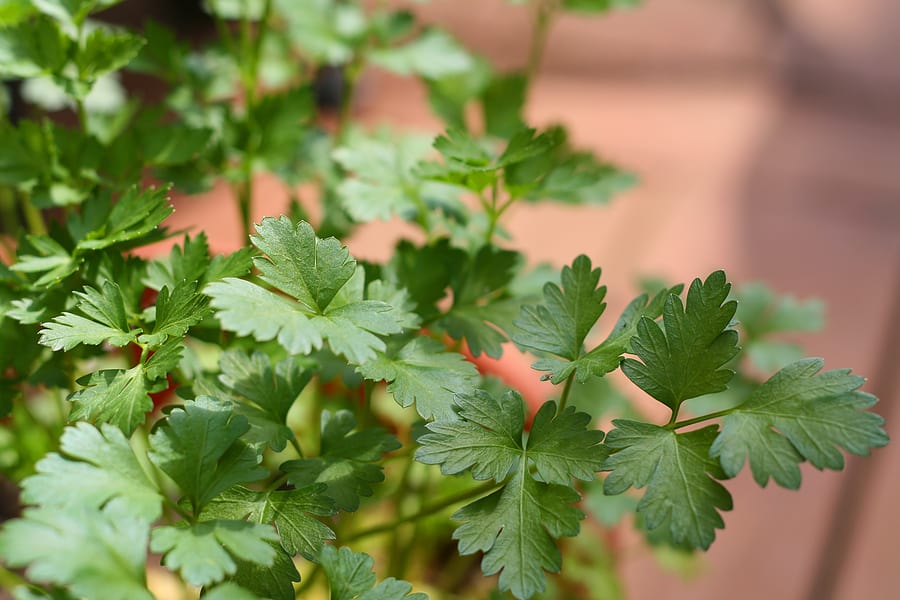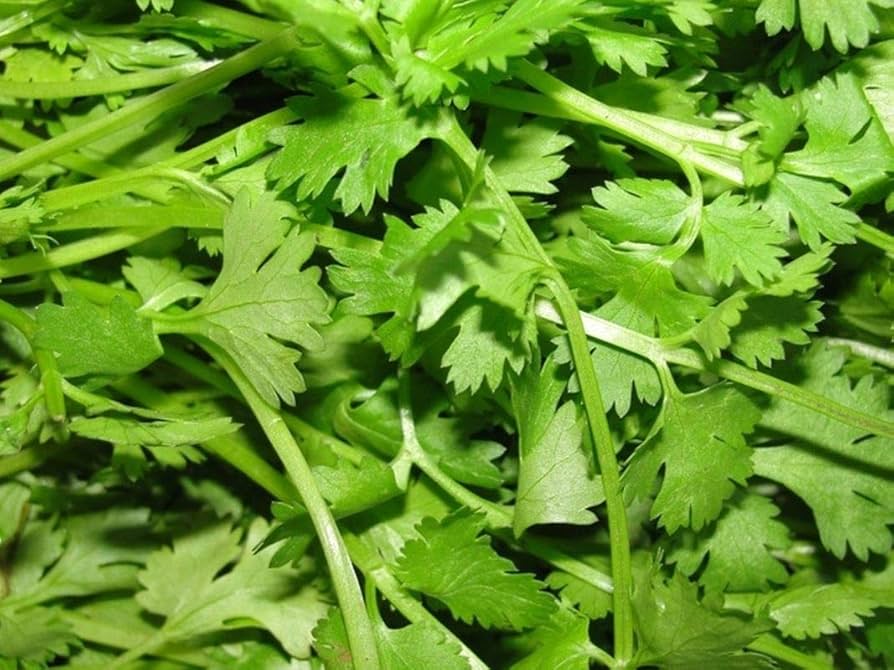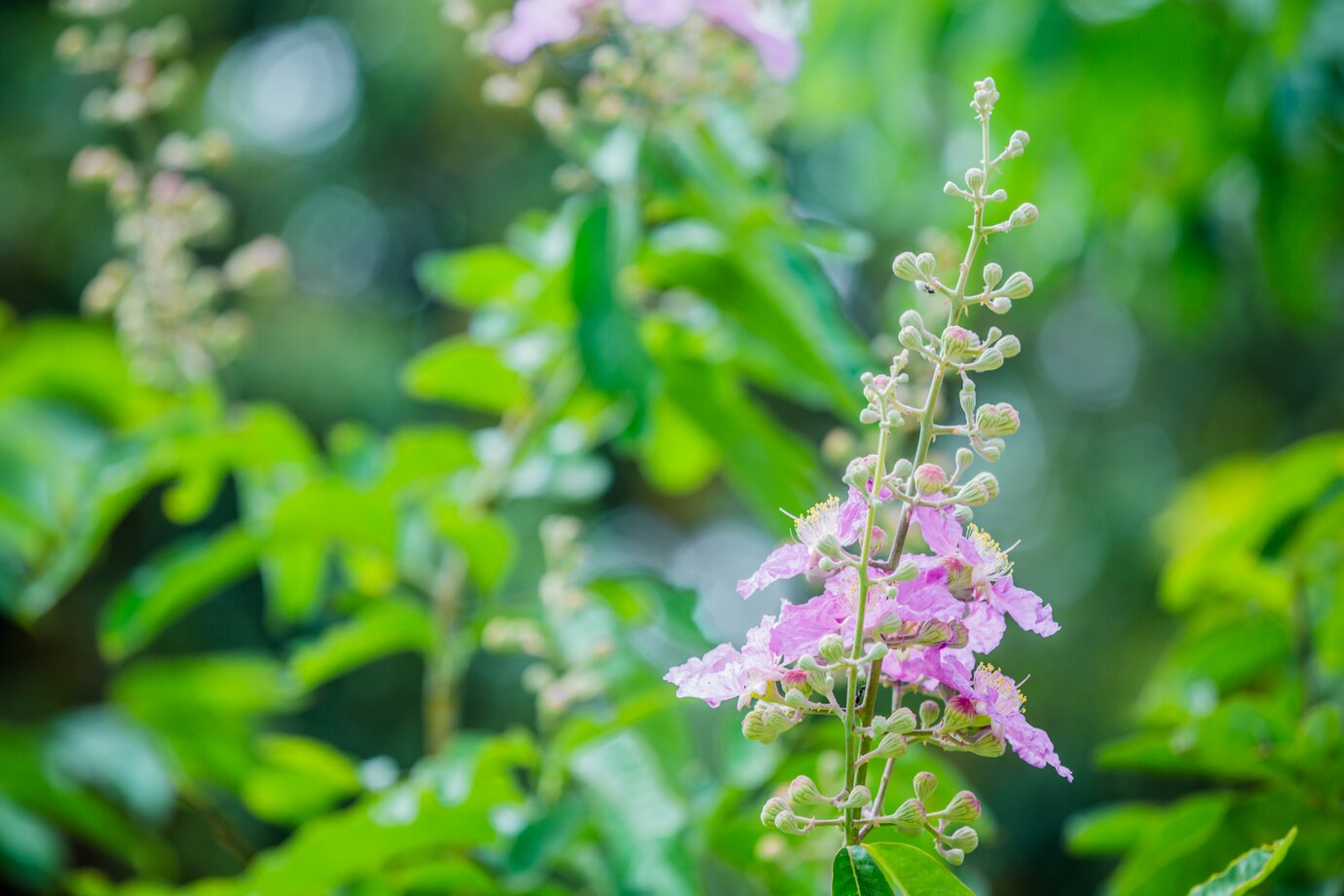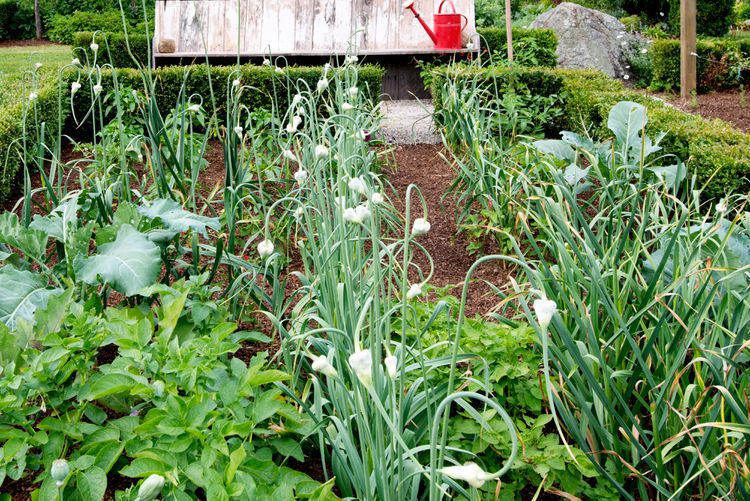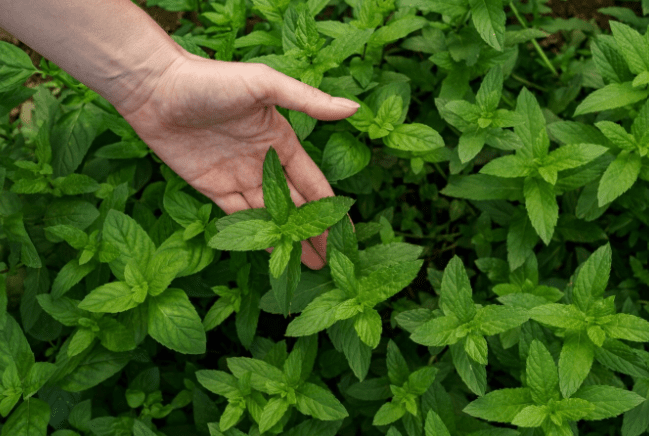Thyme is a timeless, aromatic, and hardy herb commonly used in French, Italian, Mediterranean, and Middle Eastern cuisines. There are various thyme (Thymus) varieties, each offering unique tastes and scents. While common thyme is the most frequently grown, lemon thyme, orange thyme, and caraway thyme are also popular choices.
This low-growing, spreading herb thrives when planted along garden bed edges, in rock gardens, or in containers where it can gracefully drape over the sides. For best results, place thyme in a sunny location and ensure it receives consistent watering during the peak of summer.
Table of Contents
Toggle5 Tips to Grow Thyme
- Plant thyme in a spot that gets full sunlight.
- Ensure the soil gets consistent moisture during the hottest months, as thyme has shallow roots and can dry out quickly.
- Harvest thyme sprigs throughout the year as needed for cooking or drying.
- Prune thyme after it finishes flowering to promote fresh growth.
- Use a balanced, slow-release fertiliser in spring to encourage healthy development.
Prepare
Thyme is typically grown from seeds or potted plants. If you’re learning how to grow thyme, choose a sunny spot that can be easily watered during the hottest months of the year.
Create a hole larger than the original nursery pot and the same depth. Mix a small amount of compost into the existing soil at the base of the planting hole to enrich it and improve drainage.
How to Grow Thyme
Plant thyme in well-prepared soil, ensuring it’s watered thoroughly after planting. Add mulch at the bottom of the plant to conserve moisture and suppress weed growth.
Allow the plant to establish for 30 to 60 days before harvesting. Use clean, sharp scissors to trim sprigs or individual leaves as needed.
Growing from Seeds
To grow thyme from seed, sow seeds during spring or summer (or from March to September in tropical climates). You can plant them directly into prepared garden soil or in pots with a well-draining seed-raising mix. Lightly sprinkle the seeds on the surface and cover them with a light layer of soil or potting mix. Keep the soil consistently moist—germination usually takes 14–21 days.
If you’ve started thyme seeds in pots, move the seedlings to larger containers or into the garden when they grow 10–15 cm tall, leaving 20–30 cm of space between each plant.
For seeds sown directly into the garden, thin the seedlings once they emerge, ensuring 20–30 cm between plants.
Mulch around the young plants and avoid harvesting for 60–70 days to help them develop strong root systems.
Planting thyme in pots
Thyme grows well in small to medium-sized containers that offer good drainage and are at least 30 cm deep and wide.
Fill the pot with a quality, well-draining potting mix. Carefully remove the thyme from its nursery container and plant it into the prepared pot. Backfill around the root ball, then water thoroughly to help it settle.
Add mulch to conserve moisture, especially during hot weather.
Thyme Care
Trim thyme once it has finished flowering to encourage fresh growth and extend your harvest into autumn. Without regular pruning, the plant can become woody and may need to be replaced after about three years.
Once thyme is well established in the ground, it typically doesn’t require watering. However, if you’re growing it in a container, feed it weekly with liquid seaweed from March to May to support healthy growth.
Harvesting and Storing
Harvest thyme sprigs as needed by snipping them with sharp scissors or secateurs. Regular harvesting helps keep the plant tidy and encourages bushier growth. Both the leaves and flowers are edible and can be used fresh, added to dishes during cooking, or dried for later use.
While thyme dries easily, it’s often best preserved by infusing it into butter, vinegar, or oil.
Common Pests and Plant Diseases
Thyme is usually unaffected by most common pests and diseases. Problems usually arise when plants lack sunlight, are grown in poorly drained soil, or are exposed to overly humid conditions.
To keep thyme healthy, plant it in a sunny spot with well-drained soil. Ensure there’s good airflow around the plants and avoid watering from above to help prevent fungal issues linked to humidity.
If slugs or snails become a concern, set up beer traps using shallow saucers or use natural deterrents, such as crushed eggshells or sand, around the plants.

